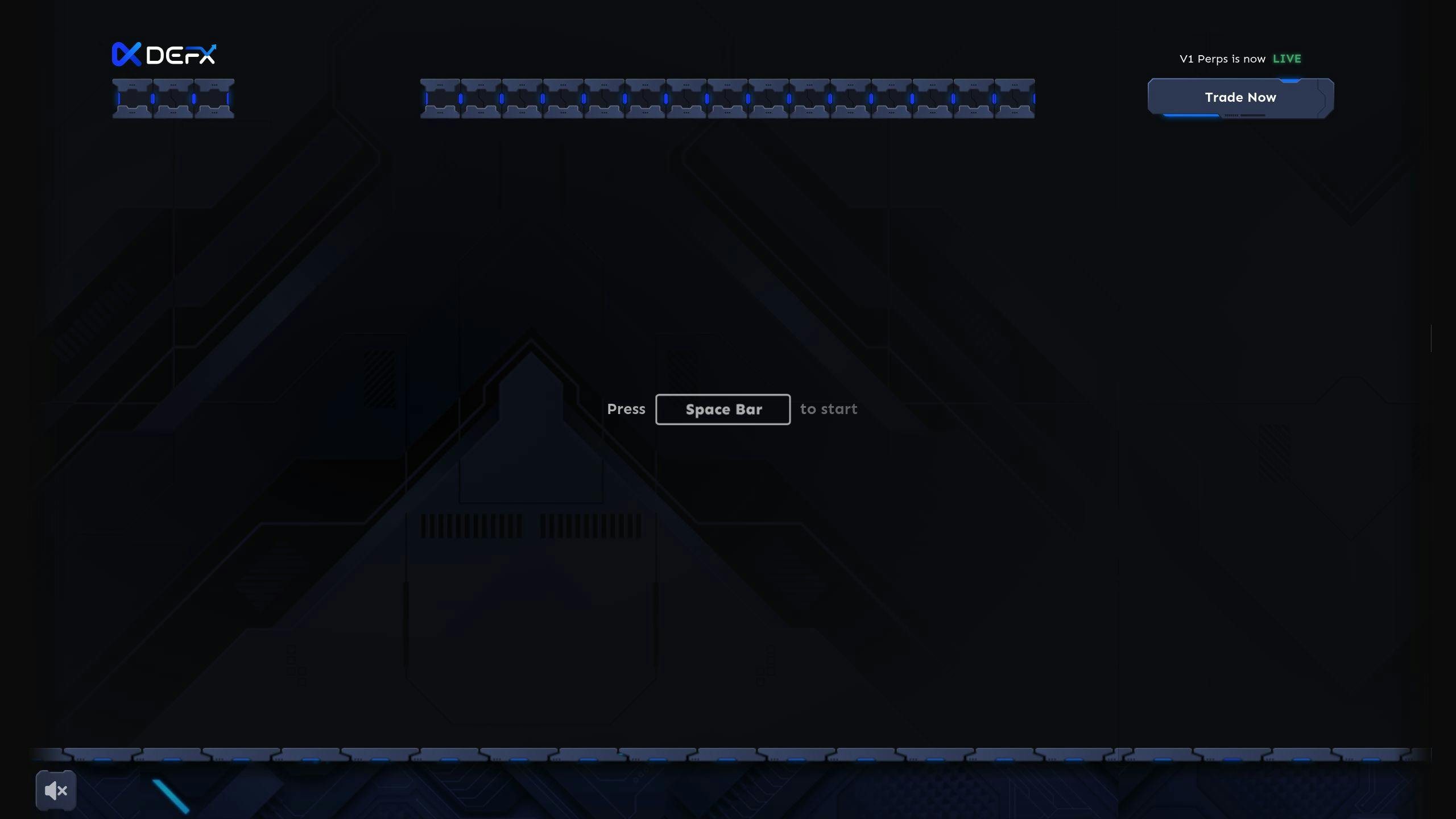Looking to trade crypto but unsure whether to choose spot or perpetual trading? Here’s the quick breakdown:
- Spot Trading: You buy and own the cryptocurrency directly. Best for beginners and long-term holders. Lower risk, no leverage, and straightforward transactions.
- Perpetual Trading: You trade contracts tied to crypto prices without owning the asset. Offers leverage (up to 100x), higher risk, and no expiration dates. Suited for experienced traders.
Quick Comparison:
| Feature | Spot Trading | Perpetual Trading |
|---|---|---|
| Ownership | Direct ownership of crypto | No ownership, contract-based |
| Leverage | None | Up to 100x |
| Risk | Limited to invested amount | Higher, includes liquidation risks |
| Settlement | Immediate asset delivery | Cash settlement |
| Best For | Beginners, long-term investors | Experienced, active traders |
Key Takeaway: Spot trading is simple and lower risk, while perpetual trading offers advanced tools and higher potential returns but with greater complexity and risk. Choose based on your experience and risk tolerance.
What Are Perpetual Contracts and How Funding Rates Work
Main Differences: Perpetual vs Spot Trading
Let’s dive deeper into the key distinctions between perpetual and spot trading.
Asset Ownership
In spot trading, you own the cryptocurrency outright. Perpetual trading, on the other hand, involves contracts that track the value of the asset – without giving you ownership. This difference directly impacts how you can use and manage your holdings [1].
Leverage Options
Leverage is a major differentiator. Spot trading only allows you to trade with the funds you have (e.g., $1,000 lets you trade $1,000). Perpetual trading offers leverage, meaning you can control larger positions with less capital. Here’s a comparison:
| Feature | Spot Trading | Perpetual Trading |
|---|---|---|
| Initial Capital Required | 100% of position value | 1-10% of position value |
| Maximum Leverage | None | Up to 100x (varies by platform) |
| Risk Level | Limited to invested amount | Can exceed initial investment |
| Settlement Type | Immediate asset delivery | Cash settlement |
Price Formation
Spot prices are straightforward – they reflect the current supply and demand in the market. Perpetual trading, however, uses funding rates to ensure its prices stay in line with the spot market. These funding rates balance out long and short positions [3].
Trading Speed and Volume
Perpetual markets often provide better liquidity, leading to faster trades, tighter spreads, and higher volumes. This makes price discovery more efficient. However, the increased liquidity can also result in greater volatility, especially during major market shifts [1][2]. These factors play a big role in shaping trading strategies and managing risks.
Understanding these distinctions helps you choose the approach that aligns with your trading goals and risk appetite.
Trading Methods and Applications
Choosing between spot and perpetual trading depends on your goals, how much risk you’re willing to take, and your overall strategy. Let’s break down how each method fits different trading needs.
Spot Trading Benefits
Spot trading works well for those who want direct ownership of assets and prefer lower risk. It’s a great choice for long-term investors building crypto portfolios, traders who like simple transactions, and those who are cautious about risk [1]. Here’s why:
| Benefit | What It Means |
|---|---|
| Asset Control | You own the asset outright, with full rights to transfer or use it. |
| Risk Profile | Losses are capped at the amount you invest, with no risk of liquidation. |
| Settlement & Costs | Transactions settle immediately, with predictable fees and no funding rates. |
Spot trading is straightforward and focuses on ownership, but perpetual trading offers more flexibility for active market strategies.
Perpetual Trading Benefits
Perpetual trading is designed for traders looking for more flexibility and advanced tools to navigate the market [2]. Here’s what makes it appealing:
| Feature | What It Offers |
|---|---|
| Leverage | Trade larger positions with the potential for higher returns. |
| Hedging | Manage risk by protecting against market swings. |
| Liquidity | Quick execution and tighter price spreads. |
| No Expiry | Adjust positions over time without worrying about contract deadlines. |
This method is ideal for those who want to hedge existing investments, aim for higher returns through leverage, or need quick and efficient trades [1][3]. The absence of expiry dates in perpetual contracts allows traders to adapt their strategies to current market conditions without time constraints.
sbb-itb-dd9e24a
DEX Options for Both Trading Types
The cryptocurrency market provides a variety of decentralized exchanges (DEXs) that cater to both perpetual and spot trading. These platforms allow traders to execute strategies through non-custodial systems, giving them more control over their assets.
Defx Perps DEX

Defx, built on Ethereum and Solana, stands out with its range of trading features:
- Leverage up to 50x for perpetual trading
- Options for both isolated and cross-margin trading
- A dual-chain system that minimizes fees and speeds up transactions
- High-speed order matching
- A non-custodial setup for added security
This platform is designed for traders who need fast position execution, especially in highly volatile markets [1].
Other Popular Choices
Several other DEXs cater to both perpetual and spot traders, each with its own strengths:
| Platform | Key Features |
|---|---|
| Bitflex | User-friendly interface with built-in trading guides |
| Zebpay | Detailed resources for perpetual futures trading |
When choosing a DEX, traders should consider:
- The liquidity pools available
- Fee structures and funding rates
- The platform’s technical reliability
While DEXs give traders more control, larger transactions can sometimes encounter slippage due to limited liquidity [2]. By understanding the pros and cons of each platform, traders can make better decisions for both spot and perpetual trading [3].
Conclusion
Choosing between perpetual and spot trading can shape a trader’s potential returns, risk exposure, and overall approach in the cryptocurrency market. Knowing the differences between the two helps traders make smarter decisions that align with their goals and risk tolerance.
Perpetual trading allows for leverage up to 50x on platforms like Defx, offering opportunities for higher returns. However, it comes with greater risks, including the chance of liquidation. This type of trading is better suited for seasoned traders who are skilled in risk management and can actively monitor their positions.
On the other hand, spot trading provides immediate ownership of assets and involves lower risks. It’s a simpler option, making it a great starting point for beginners. While it doesn’t offer the amplified returns of leverage, it’s a less complex way to engage with the market.
| Trading Type | Best For | Risk Level |
|---|---|---|
| Spot Trading | Beginners, long-term holders | Lower |
| Perpetual Trading | Experienced, risk-tolerant traders | Higher |
Platforms like Defx offer tools for both trading methods, making it easier for users to apply these strategies effectively. Before diving in, traders should evaluate:
- Risk Management Skills: Can you set stop-losses and monitor positions effectively?
- Experience Level: Do you understand market trends and technical analysis?
- Time Availability: Do you have the time to actively manage trades, especially for perpetual positions?
- Capital: Are you prepared for potential losses and do you have sufficient funds?
For those moving from spot to perpetual trading, starting small and gradually increasing exposure can reduce risks while helping to develop expertise [1][2][3].
FAQs
Is perpetual better than spot?
It depends on your trading style, experience, and risk tolerance.
Spot trading is ideal for:
- Beginners or those who prefer lower risk
- Traders looking to own the asset directly
- Long-term investors focused on holding assets
Perpetual trading works better for:
- Traders with more experience
- Those aiming for higher returns using leverage
- Active traders who can keep a close eye on their positions
| Aspect | Spot Trading | Perpetual Trading |
|---|---|---|
| Risk Level | Lower – limited to invested amount | Higher – involves leverage risks |
| Asset Ownership | Direct ownership | No ownership, contract-based |
| Complexity | Simple mechanics | More complex with funding rates |
| Best For | New traders, long-term investors | Experienced, active traders |
Perpetual markets usually have more liquidity, tighter spreads, and reduced slippage [1][3]. However, these benefits come with added complexity, such as managing leverage and understanding funding rates.
If you’re considering perpetual trading, be mindful of liquidation risks and use leverage carefully. The best choice depends on how well the trading method fits your goals, risk appetite, and level of expertise.
